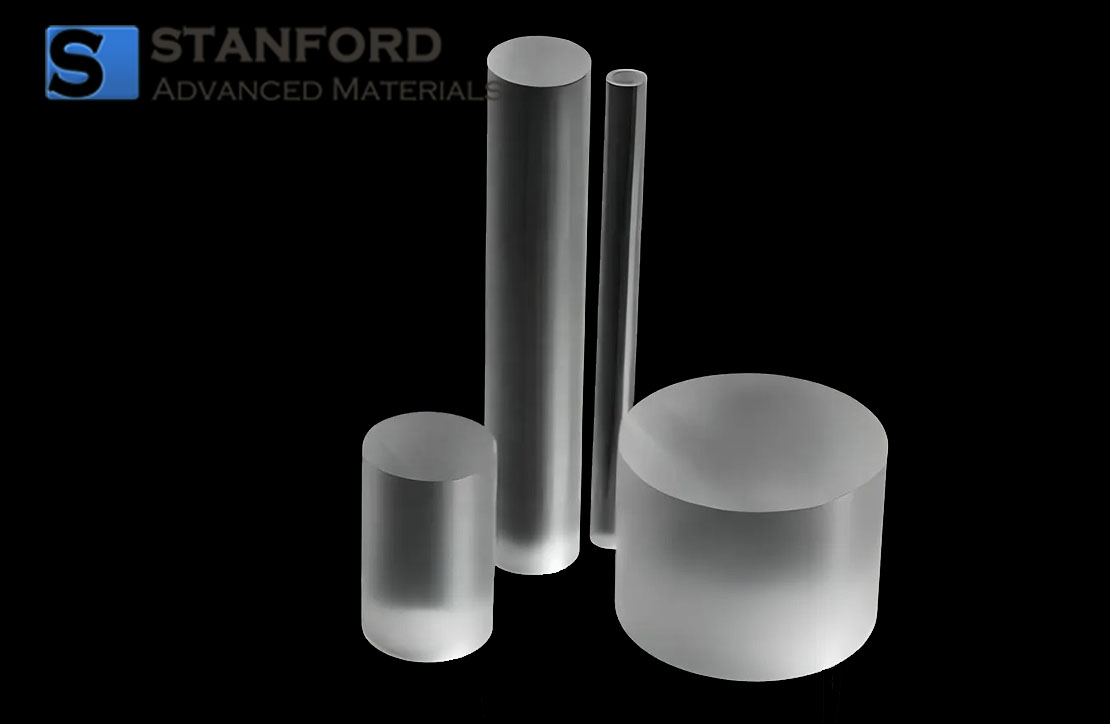Common Types of Chemical Identifiers
Chemical identifiers are unique codes or symbols used to represent chemical compounds. They are crucial for distinguishing and identifying specific substances in various contexts, including scientific research, industrial applications, and regulatory purposes.

Figure 1. CAS Information of Caffeine [1]
Chemical Names:
Names assigned to compounds following specific nomenclature rules, such as IUPAC names (International Union of Pure and Applied Chemistry) or common names.
IUPAC names:
The IUPAC system, which stands for International Union of Pure and Applied Chemistry name, typically involves naming compounds based on their molecular structure, considering the types and arrangement of atoms within the molecule. For example: Ethanol" is the IUPAC name for the common alcohol found in beverages. 2-Methylpropane" is the IUPAC name for a branched hydrocarbon with four carbon atoms.
Finding IUPAC names for chemical compounds can be achieved through various online databases like PubChem or ChemSpider. Reliable chemistry textbooks, journals, and mobile apps also serve as valuable resources for accessing IUPAC names.
Chemical Formulas:
Chemical formulas are symbolic representations indicating the types and numbers of atoms in a molecule. For instance, H2O represents water, with two hydrogen atoms and one oxygen atom.
CAS Numbers:
CAS (Chemical Abstracts Service) Registry Numbers are unique numeric identifiers used to classify chemical compounds. Each number consists of up to 10 digits, divided into three parts by hyphens. The CAS Registry comprises an extensive assortment of substances, encompassing elements, isotopes, metals, alloys, polymers, etc.
Accessing CAS Registry Numbers can be accomplished through various sources and databases like CAS SciFinder-n and CAS STNext. SAM and other chemical suppliers' websites often list CAS Numbers alongside product details. Safety Data Sheets (SDS) and chemical labels also provide CAS Numbers.
InChI Codes:
InChI codes, or International Chemical Identifier codes, are unique textual representations of the structural information of chemical compounds. These codes serve as a standardized way to convey the structure and connectivity of molecules in a format that's both human-readable and computer-interpretable.
InChI codes consist of a string of characters that represent the chemical structure's connectivity, stereochemistry, and isotopic information. These codes facilitate the exchange and retrieval of chemical information across databases and scientific publications, ensuring accurate representation and identification of chemical compounds.
SMILES:
SMILES stands for Simplified Molecular Input Line Entry System. It's a string-based notation used to represent the structure of chemical compounds using ASCII characters. SMILES notations convey information about the connectivity of atoms in a molecule, as well as their spatial arrangement and bonding. This system provides a compact and human-readable way to represent complex molecular structures.
Unique Ingredient Identifier (UNII):
The Unique Ingredient Identifier (UNII) is a non-proprietary, unique alphanumeric code assigned to substances in the FDA Substance Registration System. UNIIs facilitate the precise identification of substances in regulatory submissions, databases, and various health-related information systems. Each UNII serves as a distinct identifier, enhancing accuracy and efficiency in the classification and referencing of chemical ingredients used in pharmaceuticals, food additives, cosmetics, and other products regulated by the FDA.
Reference:
[1] CAS Registry Number. (2023, October 12). In Wikipedia. https://en.wikipedia.org/wiki/CAS_Registry_Number


